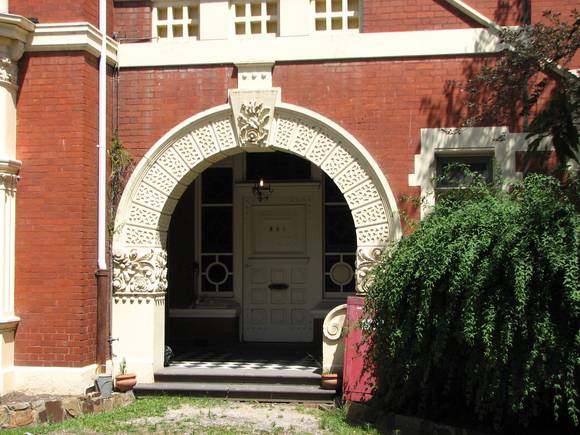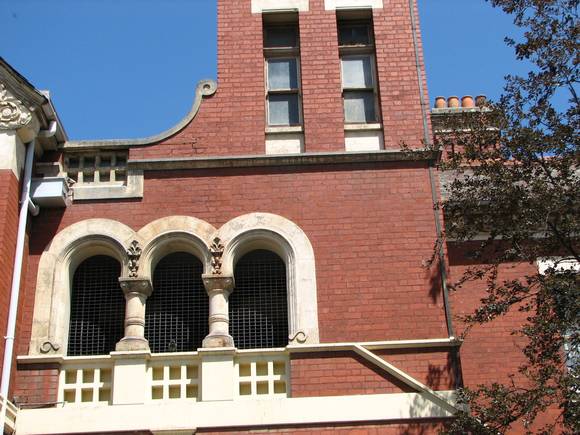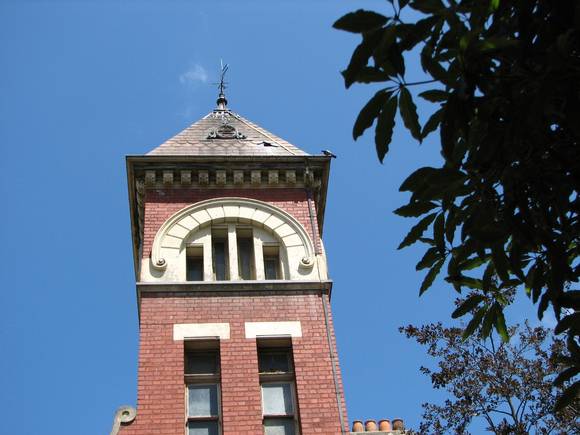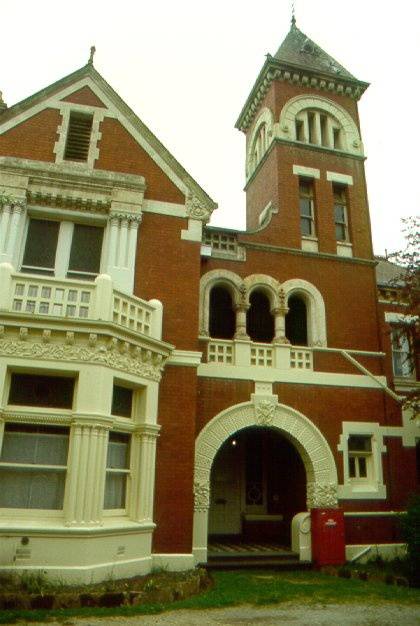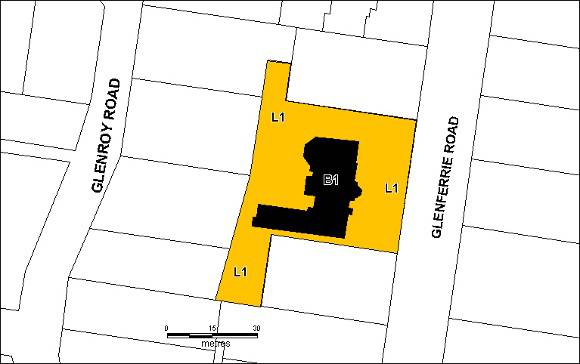| Back to search results » | Back to search page » |
|
CESTRIA
Location521 GLENFERRIE ROAD HAWTHORN, BOROONDARA CITY
File Number606232LevelRegistered |
|
Statement of Significance
What is significant?
Cestria was built for the wealthy biscuit manufacturer Thomas B Guest in 1891. Architect EG Kilburn of the partnership Ellerker and Kilburn signed the drawings. Kilburn had recently visited America, and the buildings he saw during his stay undoubtedly influenced the final design. Cestria followed close on the heels of Kilburn's American Romanesque design for an extension at the Priory Ladies School, St Kilda, which was finished in July 1890.
The American Romanesque style readily lent itself to picturesque effects and additionally was supposed by contemporary Australian journals such as Building and Engineering Journal to be suited to the requirements of the Australian climate.
The house is of three storeys with a four storey tower over the main entrance. It is constructed of tuck-pointed face red brick relieved with cement dressings. The roof is covered with slates with terracotta ridging. The external woodwork was originally wood grained in imitation of superior timbers. A broad verandah on cast iron columns shades the ground floor on the north and west faces. The main entrance is through a characteristically American Romanesque semi-circular archway. Semi-circular headed openings are employed on windows, in arcades on second stage of the tower, and to group together flat arch windows on each side of fourth stage of tower. The perforated waffle balustrade on the main facade is repeated as a motif in openings to the north elevation.
Internally, the impressive hall and staircase are constructed from mahogany and walnut, adding to the distinctively American feel. The stairwell is lit by three large windows with centrally placed stained glass panels depicting rural scenes, surrounded by leaded, coloured geometric glass. In the kitchen area, an original example of the ubiquitous electric bell panel is evidence of the large retinue of servants once employed to run a house of this size.
How is it significant?
Cestria is of architectural and historical significance to the State of Victoria.
Why is it significant?
Cestria is architecturally significant as the greatest domestic example of the American Romanesque style of architecture in Victoria. Cestria is particularly significant as a reaction against the prevailing popularity of the Italianate style, which was characterised by cement rendered walls, parapets teetering with urns and other decorative features, and by cast iron.
Cestria is significant for the part it played in the debate about an appropriate national style of architecture. It was hailed in contemporary building journals as being eminently suited to the Australian climate. The emergence of the American Romanesque and other red brick styles was central to the question of adapting an existing style to Australian requirements rather than creating a new one.
Cestria is architecturally significant as a rare example of a residence built in the American Romanesque style. The style predominantly expresses mass and bulk, and its limited use in a domestic context testifies to its greater suitability and hence predominance among larger public or commercial buildings. Cestria was one of the few suburban houses that could successfully accommodate the size and scale of the American Romanesque style.
Cestria is architecturally significant for its fine intact interior, particularly the turned timber in the hall and on the staircase. The interior plan is intact, and many decorative elements survive, including fireplaces, overmantels, door furniture and some wallpapers from the time of the first owner.
Cestria is historically significant for its associations with the first owner, TB Guest. Guest's company was a large and progressive biscuit making concern.
Group
Residential buildings (private)
Category
Mansion




